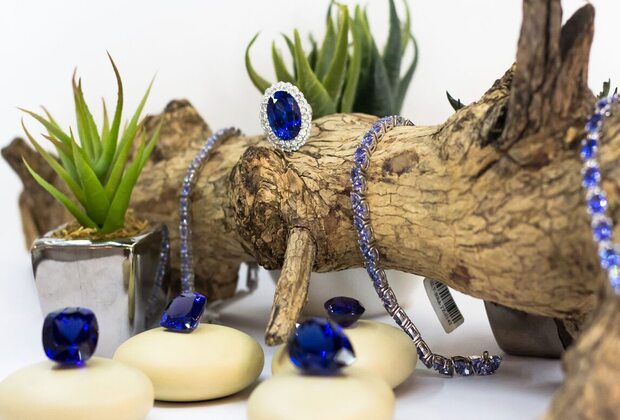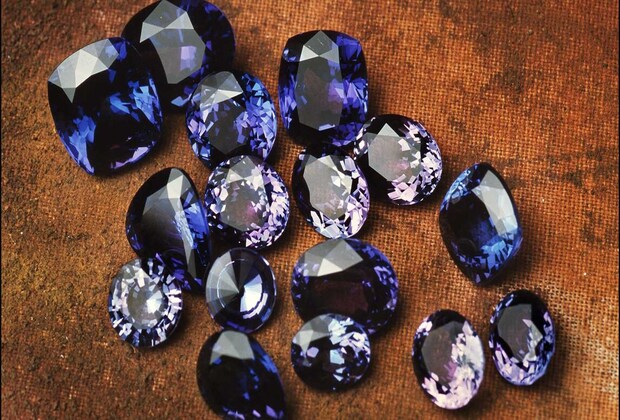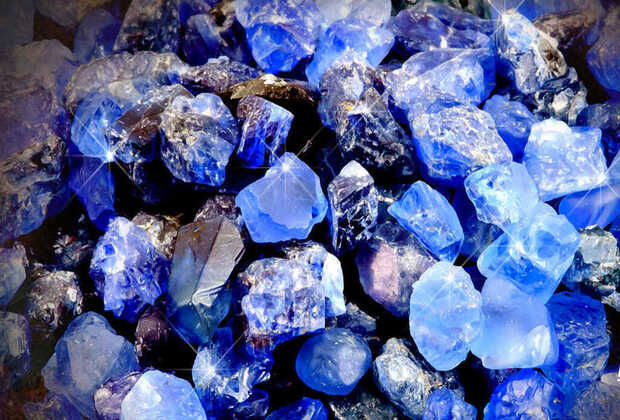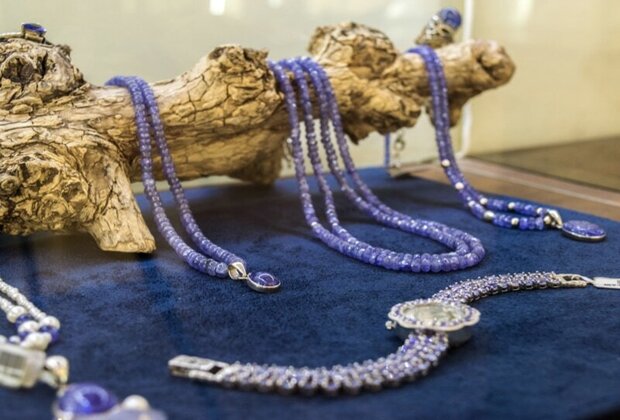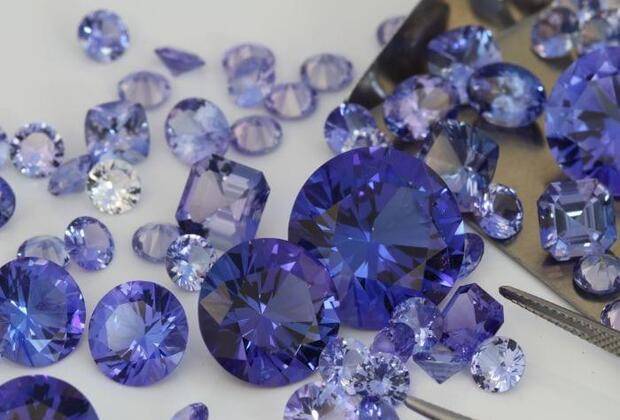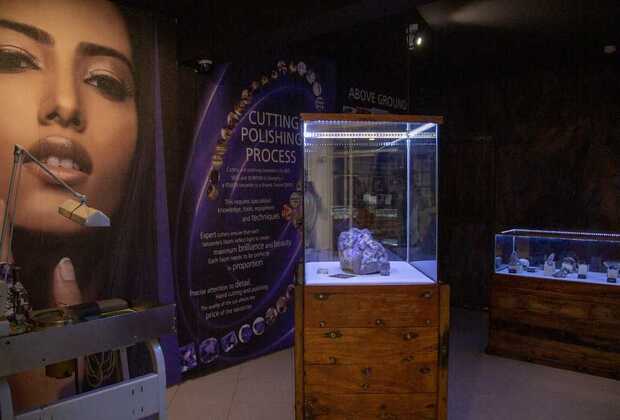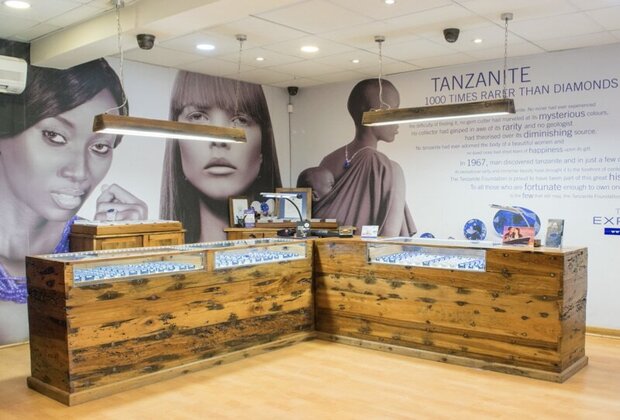Tanzanite stones are graded using the Tanzanite Quality Scale, an internationally recognized system that accurately describes a stone’s color and quality. This aids in assuring you of the worth and authenticity of your Tanzanite. Similar to diamonds, Tanzanite is graded according to the 4 C’s: Color, Clarity, Cut, and Carat weight. The higher the combination of these Tanzanite properties, the rarer and more valuable the stone. Whether the gem is being offered to consumers at a traditional jewelry store counter, an internet shopping site, or on a television broadcast, the journey always involves a great deal of effort. Countless hours of labor are required for a gem to reach customers from the mine.
The Great Place to Visit in Arusha!
Visiting The Tanzanite Experience Museum gives you a chance to delve deep into history and enjoy one of the main attractions in Arusha. It is an exciting journey that leads you right into the heart of this precious gemstone.
Through a guided tour, visitors understand why Tanzanite is not only so rare and sought after, the complexities involved with its mining, the skills involved in cutting and polishing as well as enjoy the stories and myths surrounding the gemstone.
Gem Story
The Blue gemstone origins
The world’s only source of this alluring stone is located on one very small patch of land at the foothills of Mount Kilimanjaro. Tanzania, a country rich in folklore, boasts an ancient story in which the local Maasai saw a bolt of lightning come down from the sky and strike the ground turning all the rocks to a shimmering blue – Tanzanite.
Mining Process
A Journey Inside Mererani
Tanzanite is commercially mined in only one small area in the Mererani (or Merelani) Hills in Northern Tanzania, at the foothills of Mt Kilimanjaro. Originally, Tanzanite could easily be collected on the surface, but this scavenger mining quickly gave way to pits and now tunnels, some of which extend hundreds of meters beneath the surface.
Cutting & Polishing
Professional care
It takes years of training to cut Tanzanite to the point that it can be certified as an ‘excellent cut’, where the stone reflects maximum brilliance. Due to its ability to show either blue or violet from different angles, the cutting process plays a crucial role in displaying the true colors of the gemstone. The cutting direction determines the gem’s overall face-up colour.
Grading
Tanzanite Grading System
Once the stone is cut and polished, it has to be graded in a laboratory to determine its quality. The Tanzanite Experience Museum is also home to the Tanzanite Laboratory where all the gemstones are expertly assessed before being made available for purchase.
We love to welcome visitors from all over the world to one of the many attractions in Arusha. We get to share our knowledge and love of Tanzanite.
We suggest that you allow a minimum of 45 minutes to go through the tour, including the cinema. However, if you are also considering purchasing some Tanzanite, you should definitely factor in a little more time to ensure that you do not have to rush while pciking your perfect piece.
Entry to the Tanzanite Museum is free

